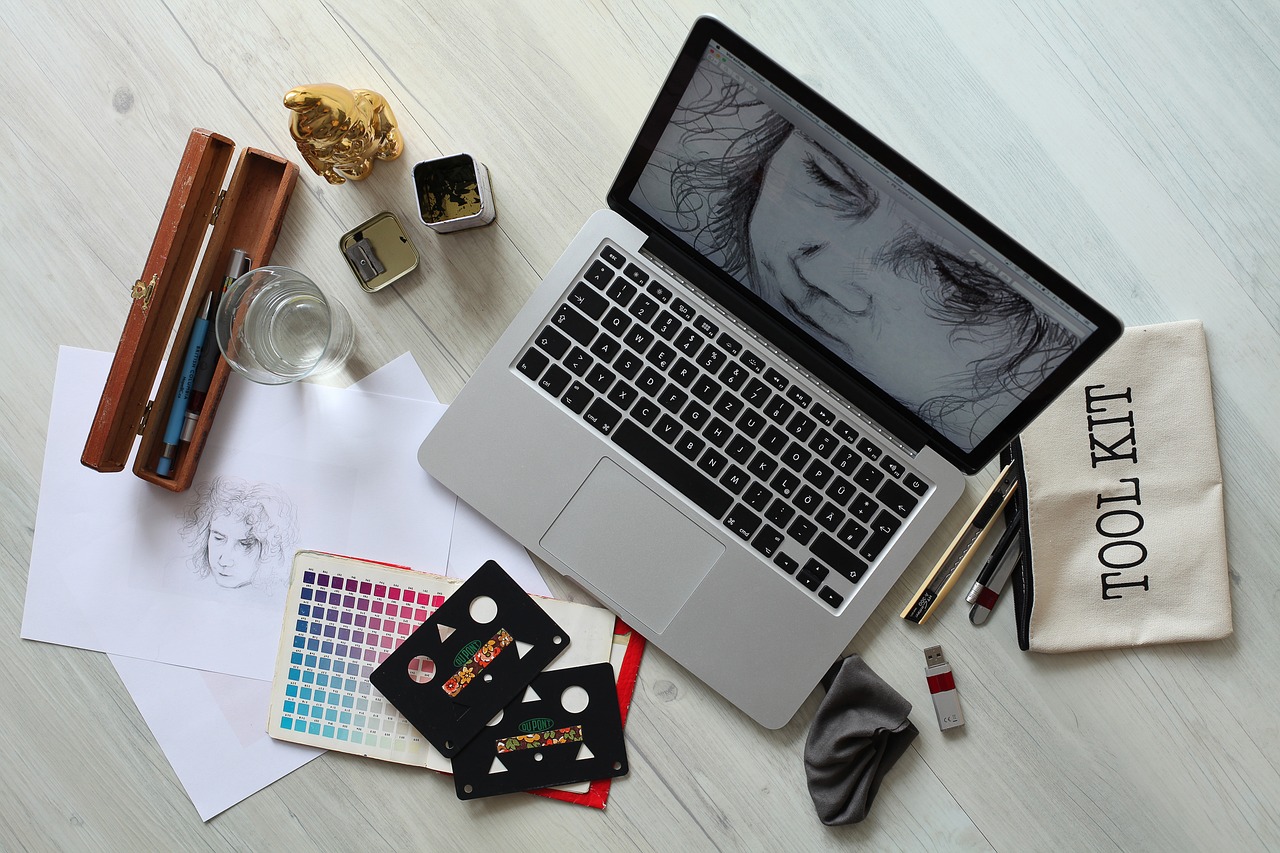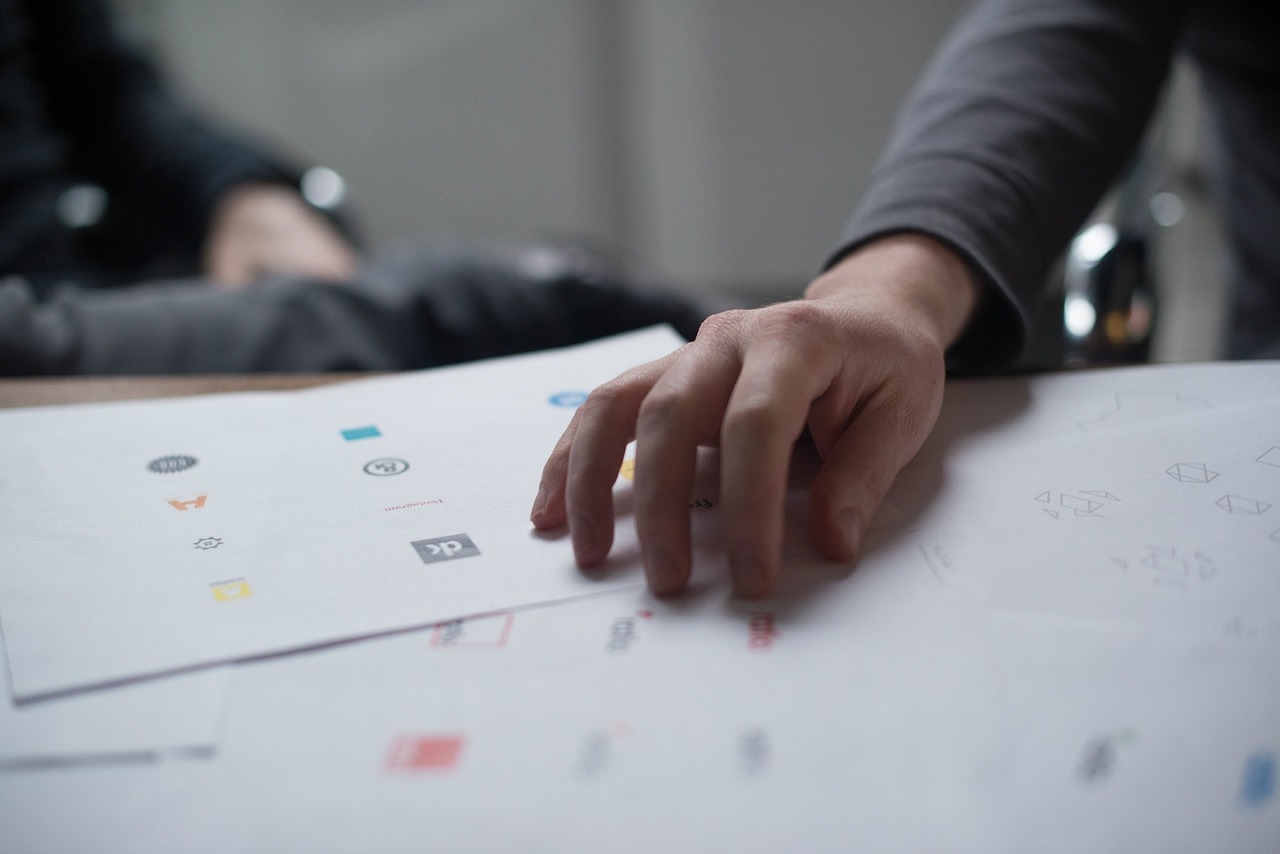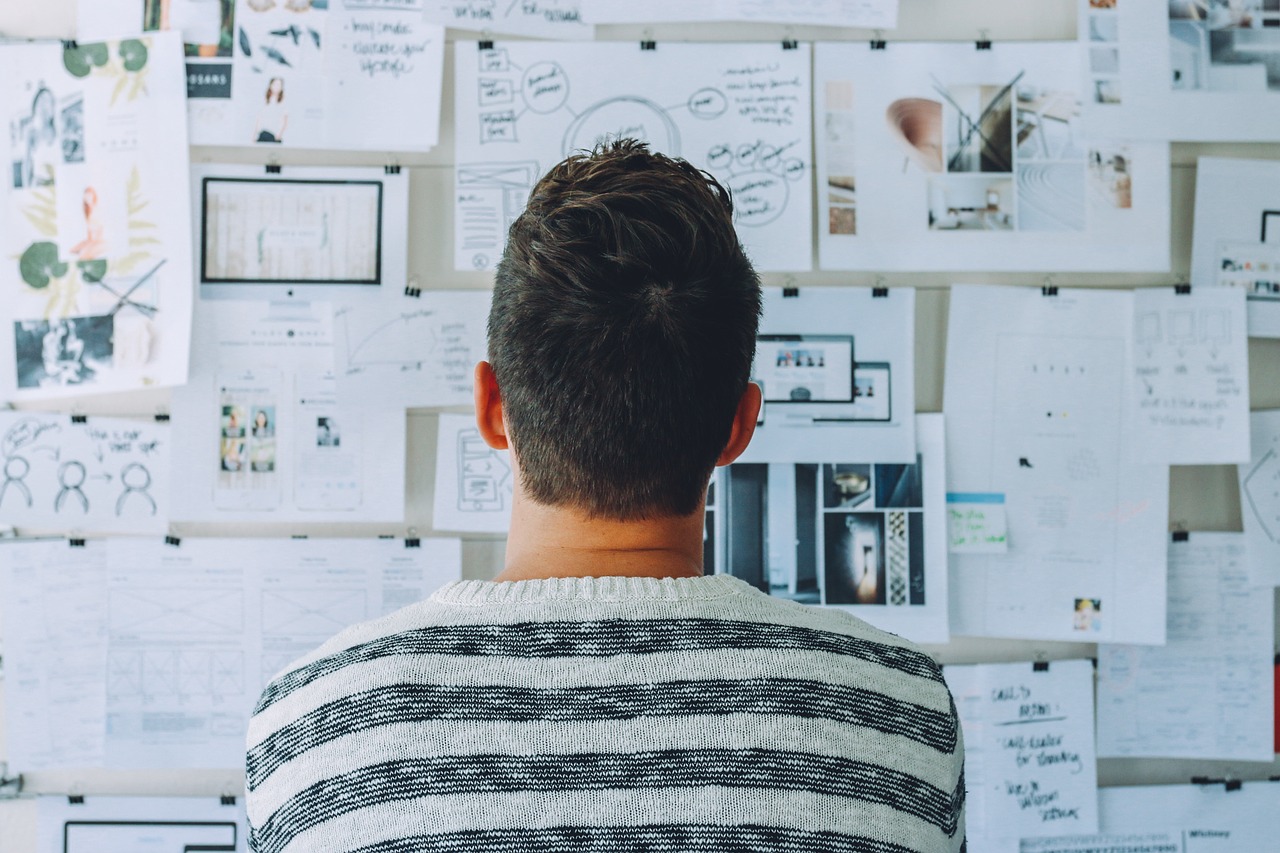Introduction: In today’s digital landscape, blending creativity with functionality is essential to stand out in the competitive world of graphic design. Whether you’re a freelance designer or part of a creative agency, mastering the balance between aesthetic appeal and usability is key. In this post, we’ll explore actionable strategies, share expert opinions, and provide real-life examples to help you achieve beautiful, user-friendly designs that not only capture attention but also enhance your website’s SEO performance.
Why Balancing Creativity & Functionality Matters
A design that is visually stunning but difficult to navigate can frustrate users, while a purely functional design might lack personality. Striking the right balance:
- Enhances User Experience (UX): Ensuring that designs are intuitive leads to better engagement and longer site visits.
- Boosts SEO: Search engines favor websites that are both engaging and user-friendly.
- Strengthens Brand Identity: A harmonious blend of creativity and function reinforces your brand’s credibility and appeal.
Strategies for Balancing Creativity and Functionality
1. Start with a User-Centered Approach
Before diving into the creative process, define your target audience and their needs. Consider:
- User Journey Mapping: Visualize how visitors will interact with your design.
- Usability Testing: Gather feedback early on to iterate on design elements.
According to Nielsen Norman Group, a user-centered design approach can drastically improve usability and customer satisfaction.
2. Leverage Grid Systems and White Space
A structured grid layout ensures that your design remains organized while allowing room for creativity. White space, or negative space, can:
- Improve Readability: Make text and images stand out.
- Guide Focus: Direct users to key elements on the page.
Smashing Magazine emphasizes the power of white space in creating aesthetically pleasing and functional designs.
3. Embrace Minimalism Without Sacrificing Flair
Minimalism can be a double-edged sword. On one hand, it promotes clarity and functionality; on the other, it can be perceived as too plain. Balance is achieved by:
- Using Bold Accents: Introduce vibrant elements sparingly to add personality.
- Prioritizing Content: Ensure that every design element has a purpose.
4. Prioritize Responsive Design
With the growing use of mobile devices, responsive design isn’t just an option—it’s a necessity. Techniques include:
- Flexible Layouts: Use fluid grids and scalable images.
- Mobile-First Approach: Design for smaller screens first to guarantee optimal performance across devices.
Google’s Mobile-Friendly Guidelines highlight the importance of responsive design for improved search rankings.
5. Integrate Typography and Color Theory
Typography and color can make or break your design. Here are some tips:
- Consistent Font Usage: Select fonts that enhance readability.
- Color Harmony: Use contrasting colors to emphasize important elements without overwhelming the viewer.
- Accessibility Considerations: Ensure sufficient contrast ratios for readability, as recommended by the Web Content Accessibility Guidelines (WCAG).
6. Test, Analyze, and Iterate
Even the most thoughtful design requires fine-tuning. Use tools like:
- Heatmaps: Understand where users click and scroll.
- A/B Testing: Compare different design versions to determine which performs best.
- Analytics: Monitor user behavior and adjust your design strategy accordingly.
Real-World Examples: Creativity Meets Functionality
Case Study: A Successful Website Redesign
Consider a website that underwent a complete redesign. Initially, the site was cluttered with too many graphics and overwhelming colors. By:
- Simplifying the Layout: Using a clean grid and ample white space.
- Enhancing Navigation: Implementing a clear, user-focused navigation menu.
- Infusing Creative Elements: Introducing a few bold color accents and unique typography choices.
The site not only improved its user engagement but also saw a significant boost in organic traffic, illustrating how balancing creativity and functionality can drive both aesthetics and performance.
Conclusion
Balancing creativity and functionality is both an art and a science. By adopting a user-centered mindset, leveraging design principles like grid systems and responsive layouts, and continually testing your work, you can create graphic designs that are not only visually stunning but also highly functional. Embrace the challenge, learn from industry experts, and refine your approach over time.
Remember, every design decision should serve a purpose—whether it’s enhancing user experience, boosting SEO, or strengthening your brand identity.
- Nielsen Norman Group on Usability
- Smashing Magazine on White Space
- Google’s Mobile-Friendly Guidelines
- WCAG Guidelines for Accessibility
By implementing these strategies, you’ll be well on your way to mastering the balance between creativity and functionality in your graphic designs—ultimately enhancing both your visual appeal and your SEO performance.





